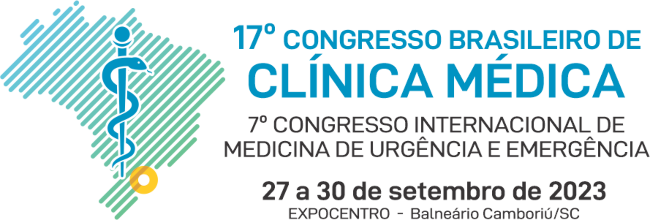Dados do Trabalho
Título
FROM CHILD TO ADULTHOOD: GENETIC RISK FACTORS IN TYPE 1 DIABETES ONSET
Fundamentação teórica/Introdução
Type 1 diabetes (T1D), or insulin-dependent diabetes mellitus (IDDM), is an autoimmune disease in which the insulin-producing beta-cells of the pancreas are damaged by the patient's autoimmune system, resulting in very little or no insulin production. Its presentation differs between childhood-onset T1D and adult-onset T1D. In 2022, 62.1% of all the new cases of T1D in the world (530,000) were in patients at more than 20 years of age. Susceptibility to T1D is associated with more than 60 loci. However, most genetic associations in European or Asian populations have not yet been validated in the Brazilian admixed population and the difference in the genetic association between childhood or adult-onset T1D is not yet well understood.
Objetivos
Analyze the differences in genotype between patients with childhood-onset and adult-onset T1D.
Delineamento e Métodos
In this case-control study, genotypes obtained by mass spectrometry (Iplex) of 38 polymorphisms were compared in four groups: two control groups, with 208 children and 174 adults; children with childhood-onset T1D group diagnosed before 12 years of age, with 159 patients; and one group with adult-onset T1D, with 91 patients diagnosed after 18 years of age.
Resultados
Regardless of age, patients with T1D and HLA-DQB1_rs3129716*C showed greater susceptibility to the disease (OR=2.25, p=0.006 in adults and OR=5.38, p<0.0001 in children). The AMT_rs9814873*G and INS-IGF2_rs17885785*T (disrupting a CpG site close to the insulin gene) alleles were also associated with juvenile T1D (OR=1.67, p<0.045 and OR=0.47, p=0.011, respectively). There were three SNPs associated exclusively with adult-onset T1D, independent of sex and age. Carriers of the CENPW_rs9388486*T allele presented higher protection against the disease (OR=0.35, p=0.001). In the additive model and after excluding the HLA variant, ANKRD55_rs7731626*A (located in a regulatory region associated with multiple autoimmune diseases) and LINC00243_rs886424*T (associated with increased expression of the LINC00243 long non-coding RNA in the blood) were also associated with adult T1D (OR=2.35, p=0.040 and OR=0.60, p=0.034, respectively).
Conclusões/Considerações Finais
Differences in genetic association with T1D of infant and adult onset reinforce the etiological differences between both diseases, further revealing different pathological pathways and new therapeutic targets to be evaluated in future studies.
Palavras Chave
Type 1 Diabetes, HLA-DQB1, AMT, CENPW.
Arquivos
Área
Clínica Médica
Categoria
Trabalhos Científicos
Instituições
Universidade Federal do Paraná - Paraná - Brasil
Autores
GIOVANA SCHLICHTA ADRIANO KOJIMA, PRISCILA IANZEN DOS SANTOS, FABIANE GOMES DE MORAES REGO, GERALDO PICHETH, ANGELICA BEATE WINTER BOLDT
